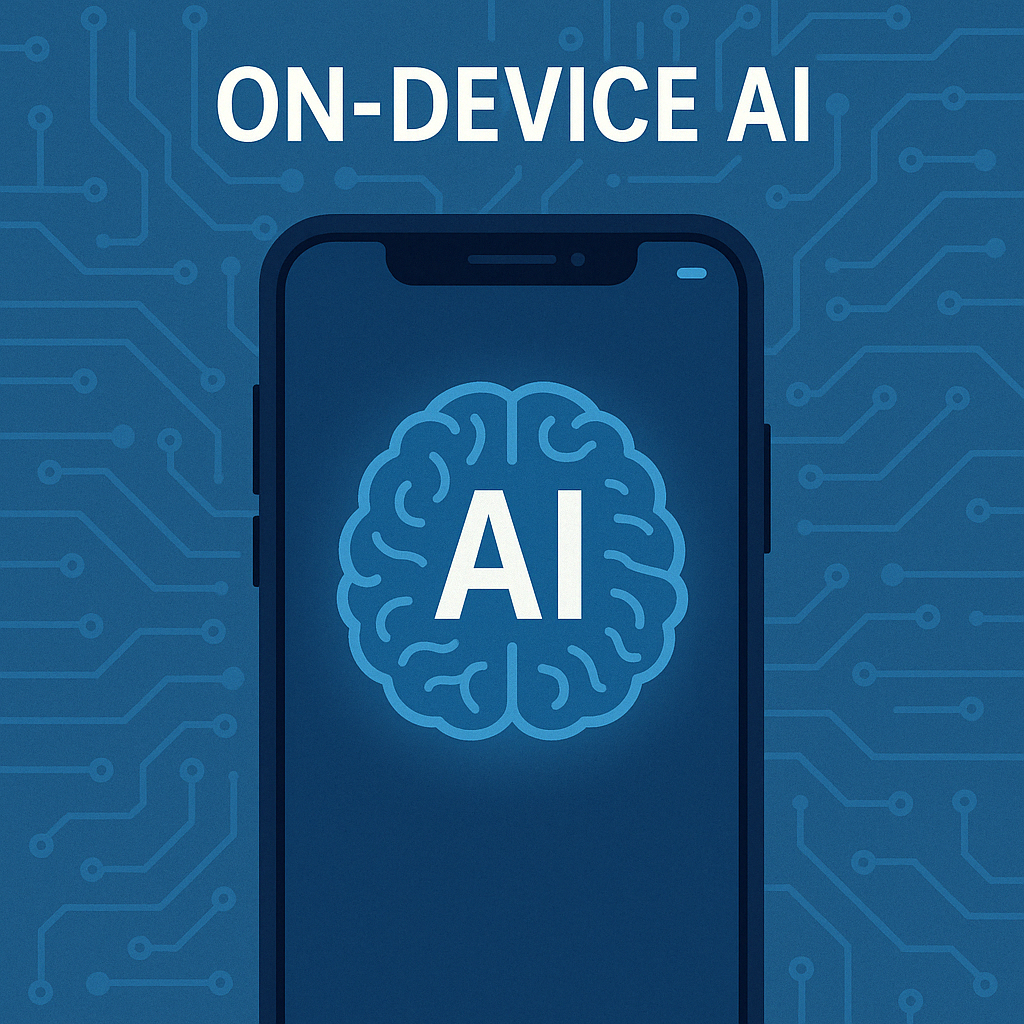
How On-Device AI Is Revolutionizing Our Privacy and Daily Lives
We’ve all had that eerie experience where you talk about something, and suddenly an ad about it pops up online. Creepy, right? That’s cloud-based AI for you. But what if AI didn’t have to be this intrusive? Enter on-device AI—a game changer that’s transforming our privacy and daily experiences.
What Exactly is On-Device AI?
Simply put, on-device AI refers to artificial intelligence operations performed directly on your smartphone, laptop, or any smart device itself, instead of processing data in the cloud. Think of it as your phone having its own little brain, smarter and faster, working without constantly needing the internet.
How Does On-Device AI Enhance Your Privacy?
Privacy is the biggest advantage of on-device AI. Since your personal data doesn’t leave your device, there’s minimal risk of data breaches or misuse.
Keeping Conversations Private
Imagine voice assistants like Siri or Google Assistant that understand you without sending every word you say back to the company’s servers. For instance, Apple’s latest iOS uses on-device AI to handle requests locally, enhancing user privacy significantly.
Secure Facial Recognition
Facial recognition on devices like iPhones and high-end Android phones now use local AI models to recognize faces instantly and securely, ensuring biometric data doesn’t need to travel anywhere else.
Improving User Experience Through Speed and Accessibility
With AI processing data directly on your device, the response time is noticeably faster.
Faster Processing and Instant Results
Ever wondered how your smartphone quickly categorizes your thousands of photos into albums? That’s on-device AI at work, sorting memories into recognizable patterns instantly without lag.
Enhanced Accessibility
For individuals with disabilities, on-device AI helps by instantly converting speech-to-text or vice versa, making smartphones more inclusive and accessible.
Real-Life Examples of On-Device AI
Companies have already implemented on-device AI in innovative ways:
- Google Pixel Phones: The Pixel’s voice-to-text and translation functions are fully on-device, making them impressively quick and secure.
- Apple’s Neural Engine: Apple devices use a specialized neural chip to run complex tasks, such as augmented reality (AR) and face detection, entirely locally.
Challenges and the Future of On-Device AI
While powerful, on-device AI isn’t without challenges. Devices need adequate processing power, efficient software, and sufficient storage. However, advancements are rapid, and the future looks bright. Soon, even more sophisticated AI tasks will be handled effortlessly by your handheld gadgets.
Wrapping Up: The Shift Towards Privacy-Centric Tech
As we become increasingly aware of data privacy, on-device AI is more relevant than ever. It offers a promising path toward a future where our devices are not only smarter but respect our privacy. Next time you speak to your device, know that on-device AI could be keeping your secrets safe.